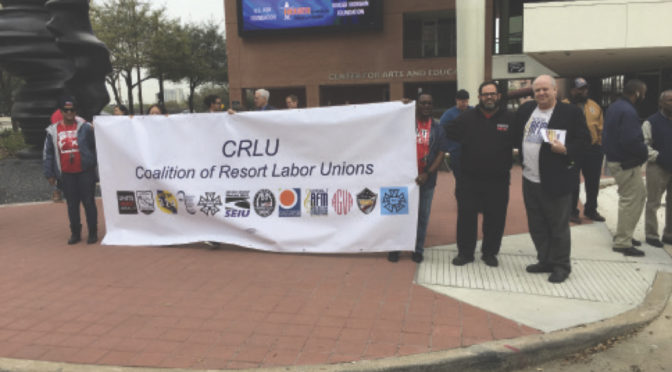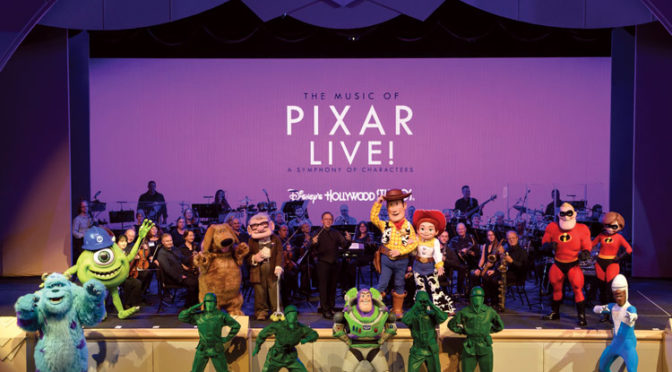Musicians held a rally in late September with a brass band performing outside the 92nd Street Y in New York City—while Disney CEO Bob Iger talked with Oprah Winfrey inside the building.
Iger was at the Y to promote a new book and discuss his self-described “decency-over-dollars” approach to doing business. The musicians were out in the street calling on Iger to put “decency-over-dollars” into practice and pay musicians fairly.
“I can’t believe that Disney is making billions of dollars, but won’t even pay me fairly. Playing for weddings actually pays better than working on a multi-million-dollar Disney project. How can Bob Iger claim to value decency over dollars when the musicians who score his films and television shows are struggling to pay the rent,” says Adriana Molello, a violinist and member of Local 802 (New York City).
Musicians have been negotiating a new contract with Disney and other major studios including CBS, MGM, Paramount, NBCUniversal, Sony, and Warner Bros for over two years. The main area of dispute is streaming residuals.
“Every other group of artists that work on Disney streaming projects receives fair residuals. These residuals are vital to the livelihoods of freelance musicians. They allow us to maintain a basic income and do the creative work necessary of artists,” says Ray Mason, a trombonist and composer, and member of Local 802.
Actors, directors, musicians, and writers have traditionally received a small portion of revenue from the films and television shows they work on. Disney continues to pay actors, writers, and directors for streaming work, but refuses to pay musicians for streaming.
Musicians explained that extremely profitable companies like Disney, which earned an estimated $59.43 billion last year, are demanding that they take huge cuts. Without streaming residuals, a musician effectively takes a 75% pay cut when a Disney film is released on Disney Plus versus in theaters or on network television.
The networks and the musicians have negotiations scheduled for early October in Los Angeles.









